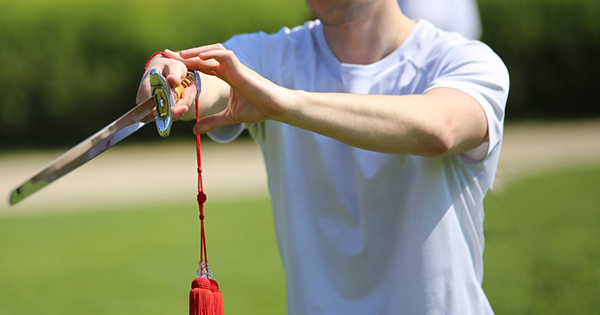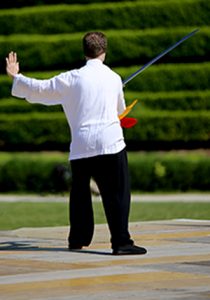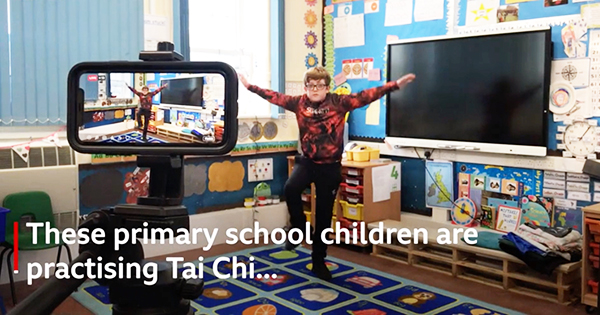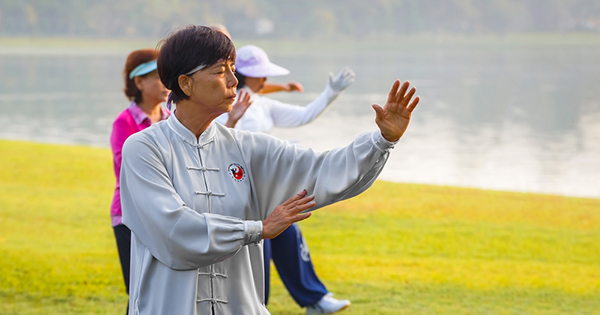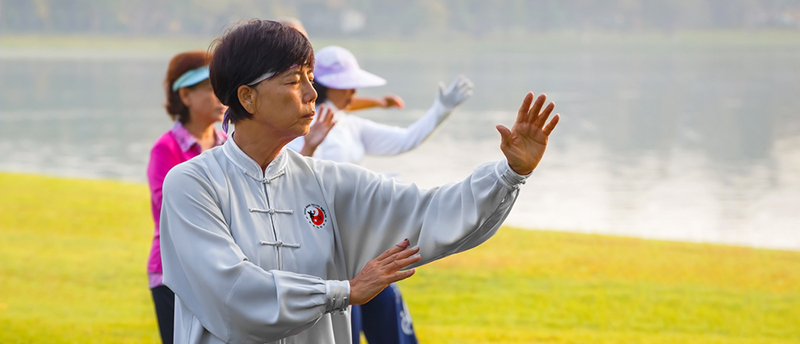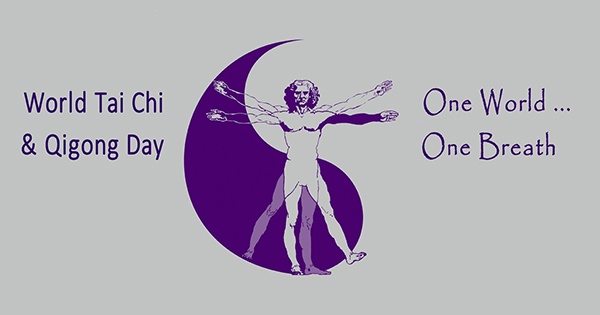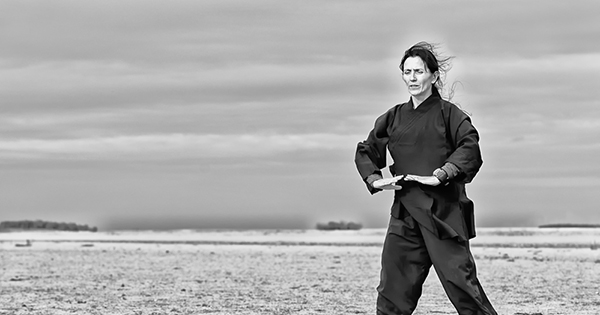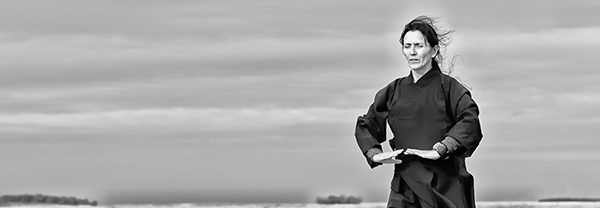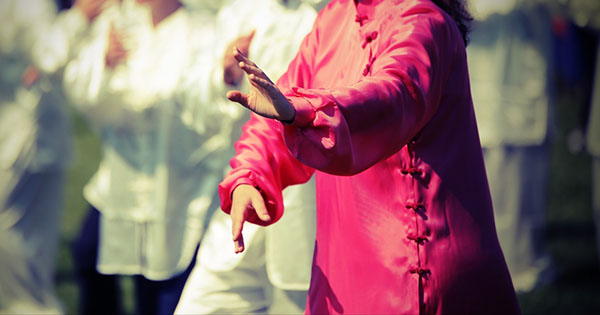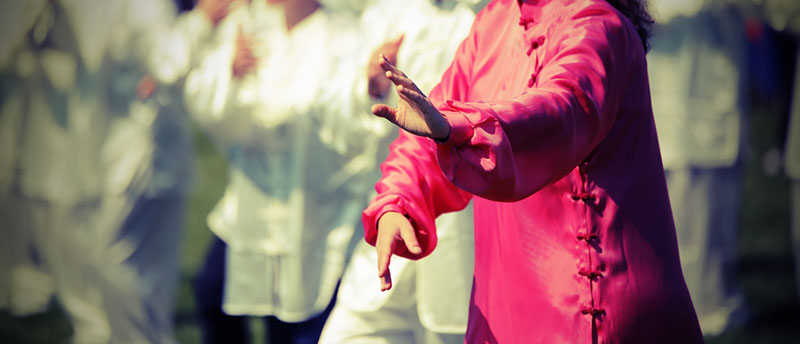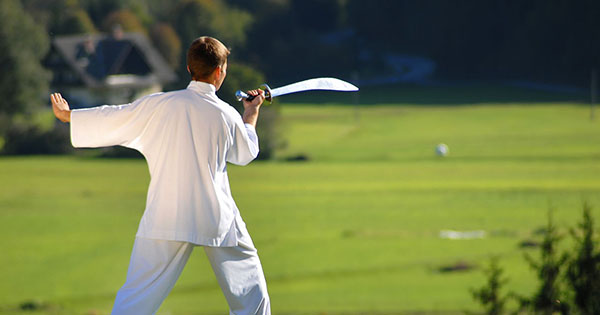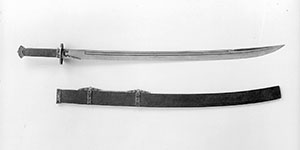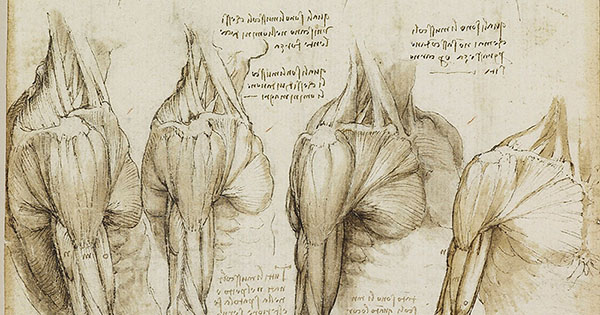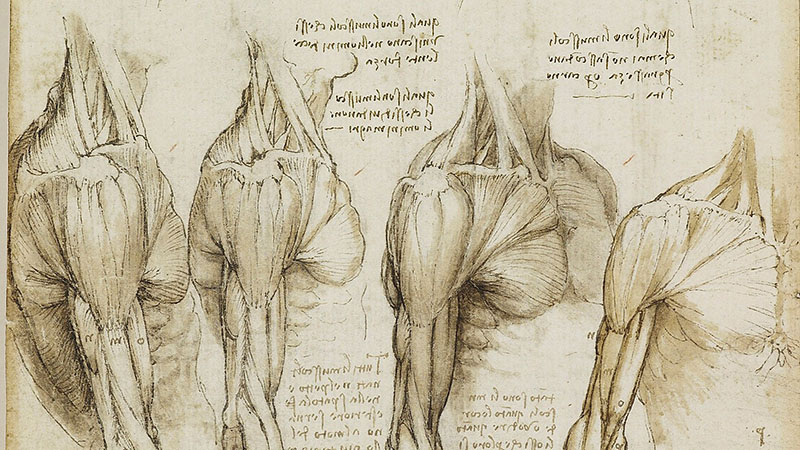Taijiquan (太極拳) saber (刀 dao, sometimes called a “broadsword” and referring to the single edged sword) and sword (劍 jian, double-edged straight sword) have numerous techniques, but many traditions only list their most important thirteen in order to follow the precedent of the weaponless thirteen skills (十三式 shi san shi). This is rather arbitrary and there are many additional techniques that practitioners may be exposed to. Different schools or styles often list different thirteen skills.
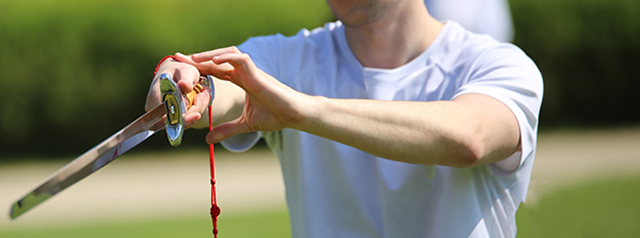
This article gives a list of technique terms that I have encountered while studying dao/saber and jian/sword, as well as short explanations for how those techniques are used. Note however that other schools and traditions may use the terms differently than how I understand them. I attempt to provide general descriptions rather than style or form specific examples, but other interpretations may be just as valid.
While many techniques are common to both dao/saber and jian/sword, some are weapon specific. For example, some saber techniques use the dull back of the blade and therefore are not appropriate for the double-edged sword. Both the dao/saber and jian/sword will be referred to generically as swords in this technique list.
Some terms may be use as synonyms, but others may have nuances that differentiate one from another. For example, for the three chops in the title of this article, some schools use pi and kan interchangeably; but I understand these three as follows:
Pi (劈) is like chopping or splitting with an axe where the entire arm is used and the pivoting action is primarily from the shoulder.
Kan (砍) is like chopping with a hatchet where the pivot is primarily from the elbow such that the forearm is used more than the upper arm.
Duo (剁) is more of a mincing chop like when using a cleaver to chop food and where the pivot is primarily from the wrist.
This article is intended to give practitioners, especially those who are fairly new to swordsmanship and who may only know of thirteen techniques, an introduction to various terms that they may encounter. It is not intended to give specific instructions for the various techniques, and practitioners should learn these techniques from their teacher for specific forms that they have learned.
拔 Ba/Pull – To use “stickiness” like suction to “seize” and pull the opponent’s weapon
抱 Bao/Embrace – A defensive move where the wrist holding the sword is quickly moved towards the body and to the free hand which contacts the forearm, wrist, or handle
弸 Beng/Flick – The handle snaps down (“collapses”) to explosively flick the tip up
闭 Bi/Obstruct – A closing motion like shutting something
藏 Cang/Conceal – This is a ready or guard position where the sword is held back but pointing towards the opponent, usually near one’s knee or hip in order to make it less visible to the opponent
缠 Chan/Wrap – A movement around the head or body; sometimes also used for one’s sword spiraling around the opponent’s weapon, or a spiraling block applied to their weapon
刺 Ci/Thrust – A distant extended straight line thrust
切 Che/Slice – Cutting on a tangent
沖 Chong/Thrust – A thrust with a slightly angled up tip
抽 Chou/Extract – To draw out, typically drawing the sword tip across for a short pulling cut
戳 Chou/Poke – A short jab as if to puncture
穿 Chuan/Bore – A thrust used to reverse direction to go to the back of the wielder’s body
錯 Cuo/Saw – Typically a forward push-cut using a sawing or filing motion
带 Dai/Drag – Using one’s sword to pull or lead or carry the opponent’s weapon to the rear
挡 Dang/Block – Using the hand guard to block
點 Dian/Dot – Small point, poke, or peck with the tip (typically downward) using a wrist flick
抖 Duo/Shake – This is a snappy move as in using fajin (發勁 emitting trained power)
剁 Duo/Hack – A short distance mincing chop (like using one’s wrist to chop food with a cleaver)
盖 Gai/Cover – placing the sword on top of the opponent’s weapon and pressing it downwards
格 Ge/Hinder – A soft parrying block with the sword ridge or blade flat while following the direction of movement of the opponent’s weapon, but can also be used in a similar motion to cut the opponent’s wrist
割 Ge/Block – Obstruct to cut off the opponent’s weapon movement typically initiated by turning the body
勾 Gou/Hook – Deflecting the opponent’s weapon by using a motion like hooking and lifting something off of the ground (deflecting with the tip down and back and then circling up
刮 Gua/Shave – Scraping motion typically used to counterattack the opponent’s wrist after evading them with a circular motion
挂 Gua/Lift – Using one’s sword to lift up an opponent’s low attack after circle deflecting backward
刮 Gua/Parry – A scraping parry
掛 Gua/Hang – Like hanging up onto a hook
摜 Guan/Fling – A circling poke
滚 Gun/Roll – Turning parry where the sword turns over as it goes from side to side, rolling one’s sword against the opponent’s weapon
横 Heng/Sideways Cut – A horizontal cut
化 Hua/Remove – A changing deflection
划 Hua/Slice – Like scratching the surface of the target
滑 Hua/Sliding – smoothly slipping upwards along an opponent’s weapon
